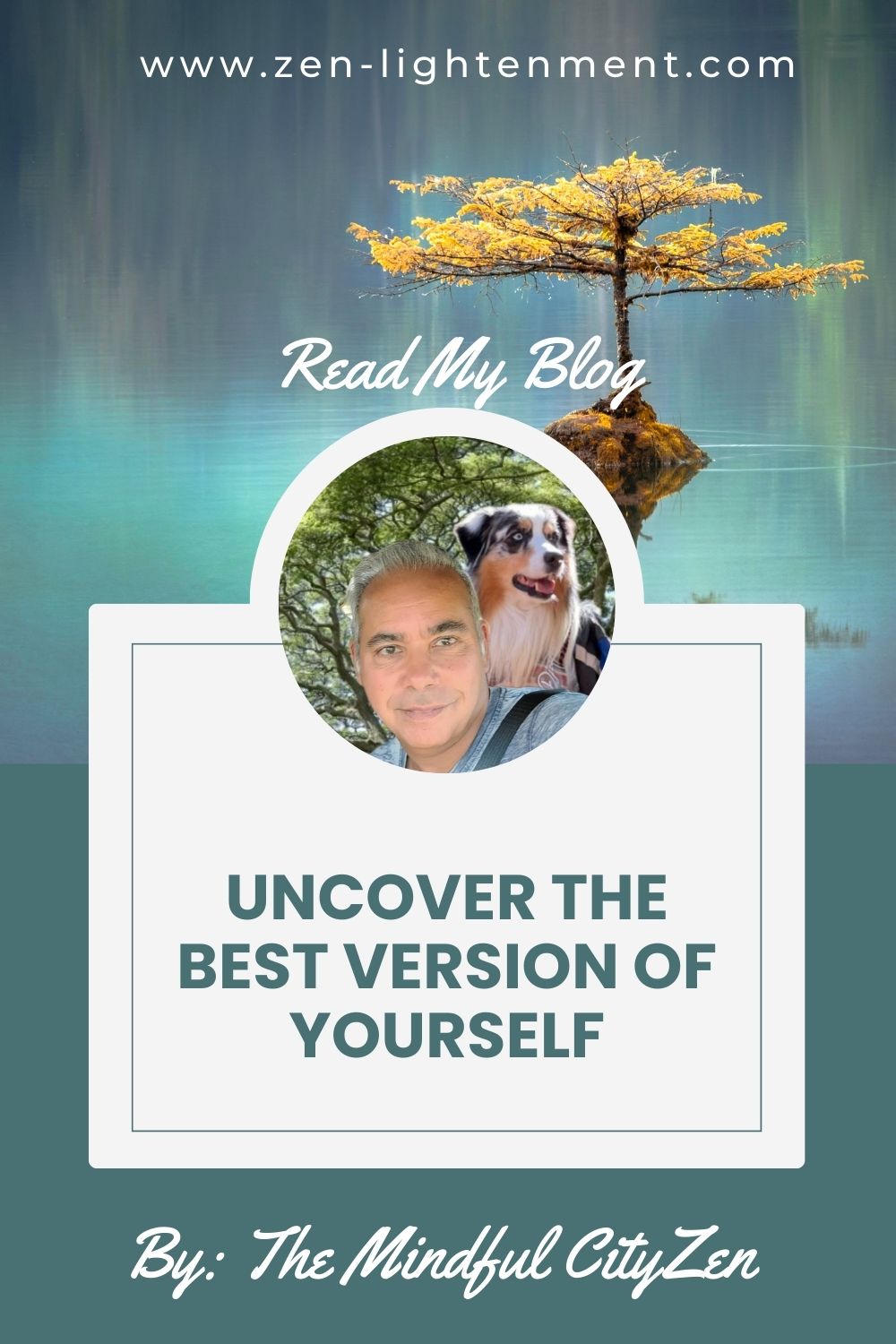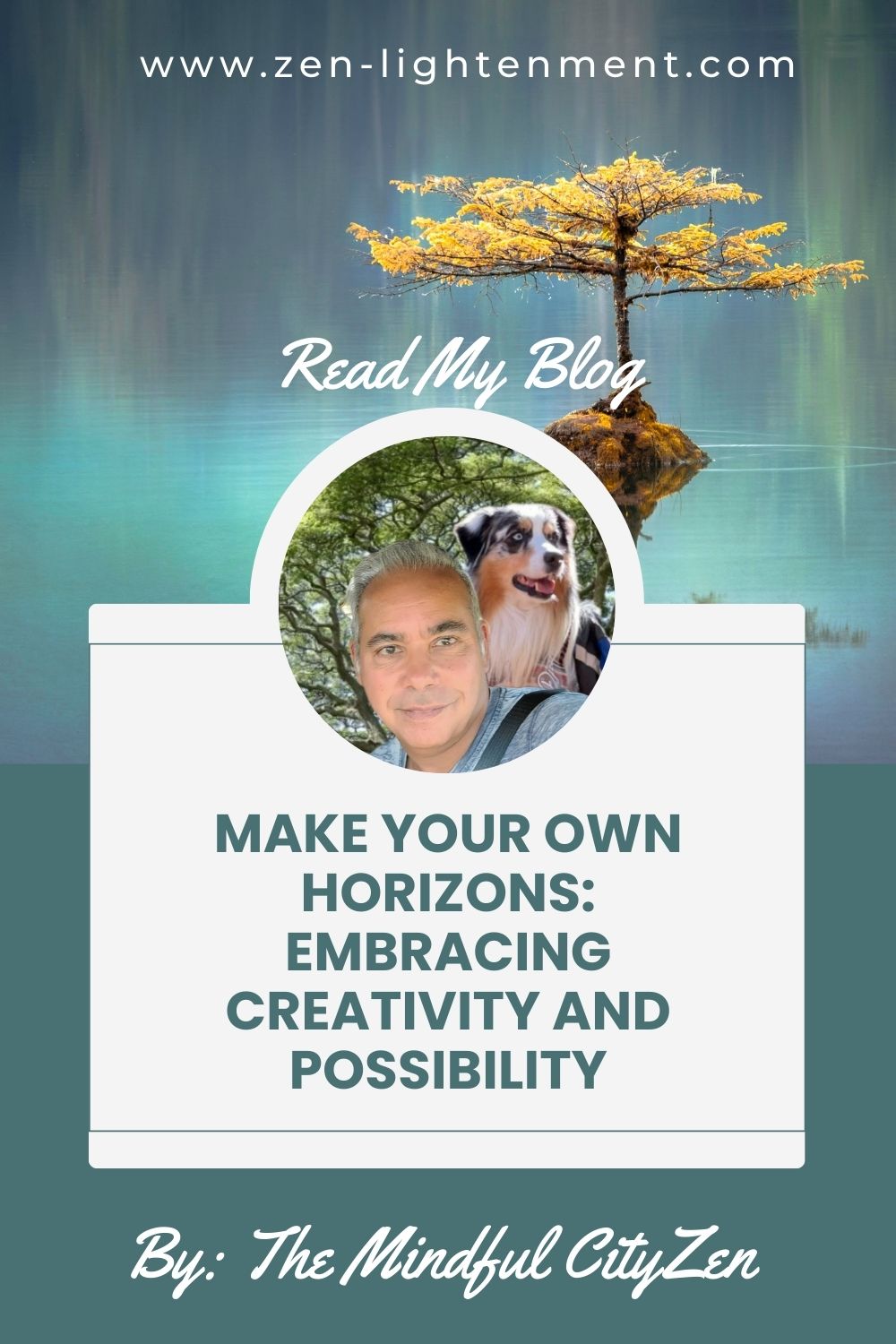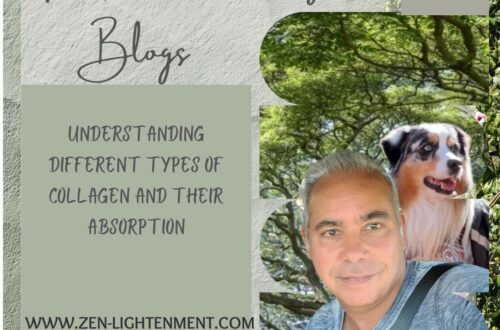Doing Nothing: The Art of Doing Without Doing
Introduction
In the past, there’ve been days when I’ve done nothing all day, and felt guilty about it. Why? Since young, we’ve been brainwashed that doing nothing is being lazy and unproductive. In my opinion, this is a misconception. And, I’ll explain why. The day after I’ve done nothing, I felt rejuvenated and extremely motivated to get back to work and prove my worth. I feel there is a connection with doing nothing and productivity. It’s called “Resetting” the body and mind. Over a period of time I’ve come to realize that once in a blue moon Doing Nothing or “Resetting” as I call it is very important to a healthy existence. So my personal advise, try to “Reset” more often in any way you prefer. In this blog post I will guide you through the steps of mastering the art of doing nothing, from starting small to incorporating it into your daily life.
As mentioned above, in today’s fast-paced world, the idea of doing nothing may seem counterintuitive. You’re often caught up in the whirlwind of work, responsibilities, and constant connectivity through technology. However, learning the art of doing nothing can be a life changing practice that leads to improved well-being, reduced stress, and increased productivity.
Start Small
The concept of doing nothing might initially feel overwhelming, but the key is to start small. Begin with short sessions of 5-10 minutes in a comfortable and distraction-free environment. Practice in a safe and familiar space, such as your bedroom or living room, can ease you into the process.
Try The Power of Breathing
Essential to the art of doing nothing is mindful breathing. This practice aligns with meditation principles, helping you focus on the present moment. Take slow, deliberate breaths, paying attention to each inhale and exhale. If your mind starts to wander, gently redirect your focus back to your breathing.
The Importance of Relaxation
True relaxation is essential for mastering the art of doing nothing. Find a cozy spot, like a comfortable chair or bed, and allow yourself to settle into it. You can further enhance relaxation through self-massage. Start with your neck and shoulders, gradually moving to other parts of your body.
Engaging Your Senses: Tasting and Feeling
Engaging your senses is a powerful aspect of doing nothing. Enjoy a cup of your favorite beverage or indulge in a delicious treat. Focus solely on the experience—savoring each sip or bite. Close your eyes, let go of distractions, and truly relish the moment.
Connecting with Nature
Venturing into nature can deepen your practice of doing nothing. Find a peaceful outdoor setting, away from the noise of daily life. Take out some time from the hustle and bustle of your daily life to observe the natural world around you. Whether it’s a park, a riverbank, or a beach, immerse yourself in the beauty of your surroundings.
Incorporating the Art in Daily Life
The ultimate goal is to incorporate the art of doing nothing into your daily routine. Practice it during short moments of waiting or even while driving. Allow yourself to be fully present, focusing on your breath or the world around you. This practice enhances your ability to concentrate and be more productive.
Conclusion
In a society that values constant busyness, mastering the art of doing nothing offers a refreshing perspective. By starting small, focusing on your breath, embracing relaxation, and engaging your senses, you can experience the benefits of this transformative practice. As you incorporate the art into various aspects of your life, you’ll find yourself more centered, less stressed, and better equipped to handle the challenges that come your way.
The information in my blogs posts should not be considered, or accepted as professional advice. It is based on personal experiences, and is for reading purposes only.


You May Also Like

How to Avoid Being an Annoying Tourist While Dining Abroad
June 6, 2024
Understanding Different Types of Collagen and Their Absorption
June 4, 2024